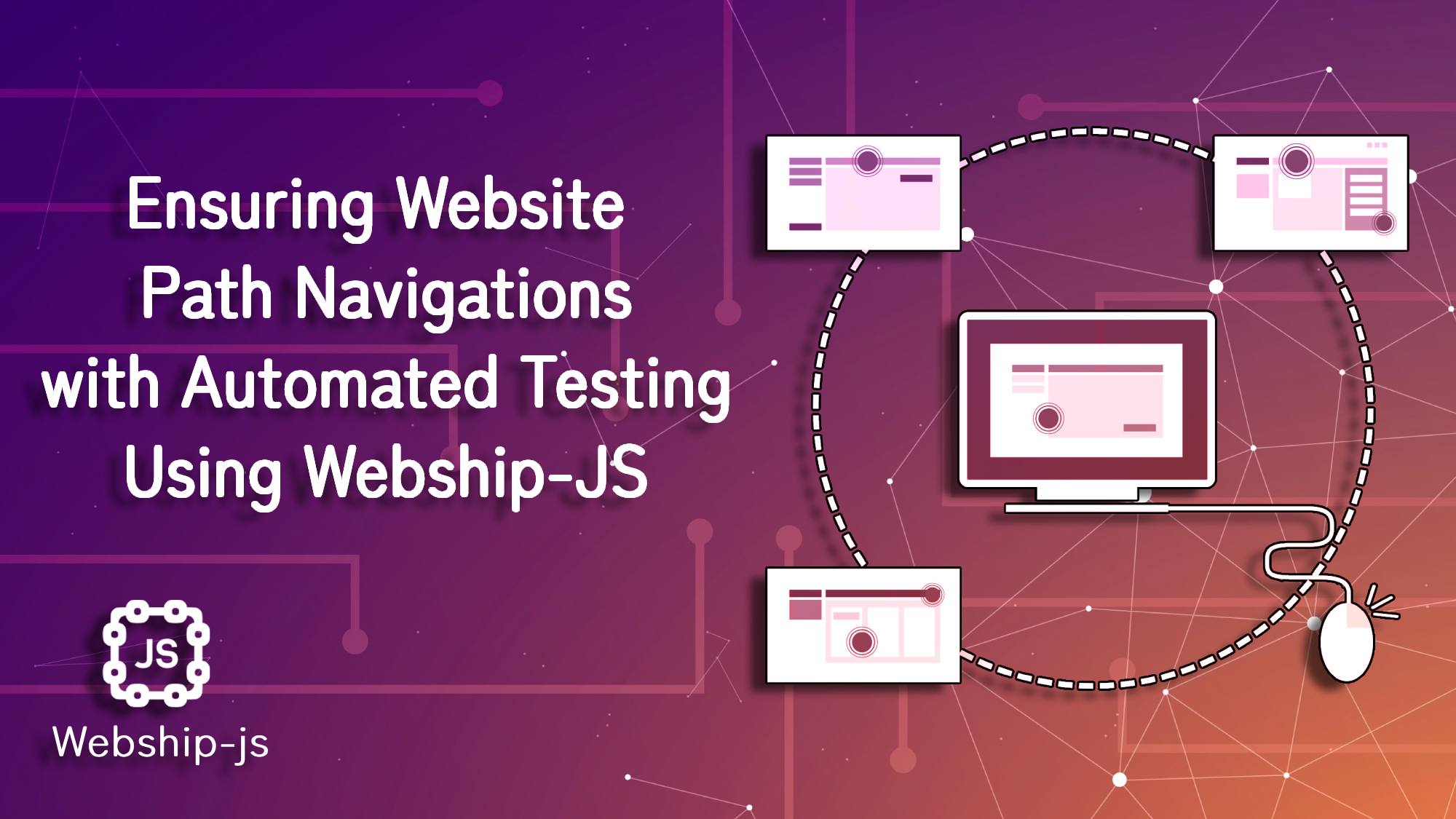Ensuring Website Path Navigations with Automated Testing Using Webship-js
 webshipco
webshipco
Making sure people can easily move around your website is very important. If links don’t work or users get lost, it can be frustrating and lead them to leave.
In this blog, we’ll discuss how to ensure every link leads visitors to the right place, using the International Labour Organization site (https://www.ilo.org) as our example.
We need step definitions to create the scenarios required for testing, such as:
Then I should be
This step is useful for ensuring that the navigation through a website is working correctly and that the user lands on the intended page after performing certain actions or interactions.
Then I should be on (the) homepage
This step definition is used to be sure that the current page is the homepage.
Then (I|we)* should be on( the)* homepage
Define a step to verify that the current page is the homepage. A static sentence has no probabilities.
Then I should be on "specific page"
This step definition is used to be sure that the current page is the specific page.
Then (I|we)* should be on "([^"]*)?"
Example (1):
Then I should be on "/"
Example (2):
Then we should be on "/user/login"
Example (3):
Then I should be on "http://google.com"
You can see more step definitions used Then I should be
You can see more step definitions: https://webship.co/docs
See all the blog: https://webship.co/blog/ensuring-website-path-navigations-automated-testing-using-webship-js
Watch the recorded video of the robot while running the automated functional testing feature
Subscribe to my newsletter
Read articles from webshipco directly inside your inbox. Subscribe to the newsletter, and don't miss out.
Written by

webshipco
webshipco
Love to help in speeding up the work of having Automated Functional Acceptance Testing for products to ship websites in a swift way.